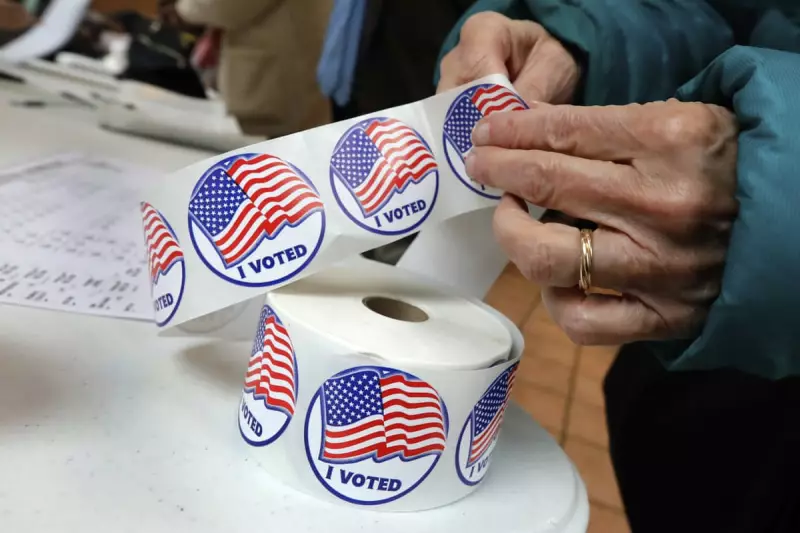
New York's electoral landscape has been thrown into turmoil as the state elections board faces a significant legal challenge over its newly drawn voting district map. The lawsuit, filed by voting rights advocates, alleges unconstitutional gerrymandering that could dramatically alter the balance of political power across the state.
The Core Allegations
At the heart of the legal battle are claims that the recently approved electoral boundaries were deliberately manipulated to favour certain political interests. Plaintiffs argue that the map creates "unfair and undemocratic" advantages through carefully crafted district lines that dilute the voting power of specific communities.
The legal complaint details how the contested boundaries allegedly split communities of interest and create bizarrely shaped districts that serve political rather than practical purposes. Critics maintain these manipulations violate both state constitutional requirements and fundamental democratic principles.
Potential Consequences for Voters
If successful, the lawsuit could force a complete redrawing of New York's electoral map just as election preparations are gathering pace. This would represent a major victory for voting rights groups who have long campaigned against partisan gerrymandering practices.
The timing of the legal challenge adds particular urgency to the proceedings, with election officials needing clarity on district boundaries to prepare for upcoming contests. Any significant delay in resolution could complicate voter registration, candidate nominations, and election administration across multiple counties.
Historical Context and Precedents
This isn't the first time New York's redistricting process has faced legal scrutiny. The state has a complicated history with electoral map disputes, with previous court interventions leading to substantial changes in how districts are drawn and approved.
Legal experts suggest this case could establish important precedents for how courts interpret recent amendments to New York's constitution regarding redistricting procedures and partisan fairness in boundary-drawing.
What Happens Next?
The elections board now faces mounting pressure to either defend the contested map in court or negotiate a settlement that addresses the plaintiffs' concerns. Both paths carry significant political risks and potential consequences for the state's electoral future.
As the legal process unfolds, all eyes will be on the courtroom where arguments about democracy, representation, and political fairness will play out in what promises to be a landmark case for New York's electoral system.





